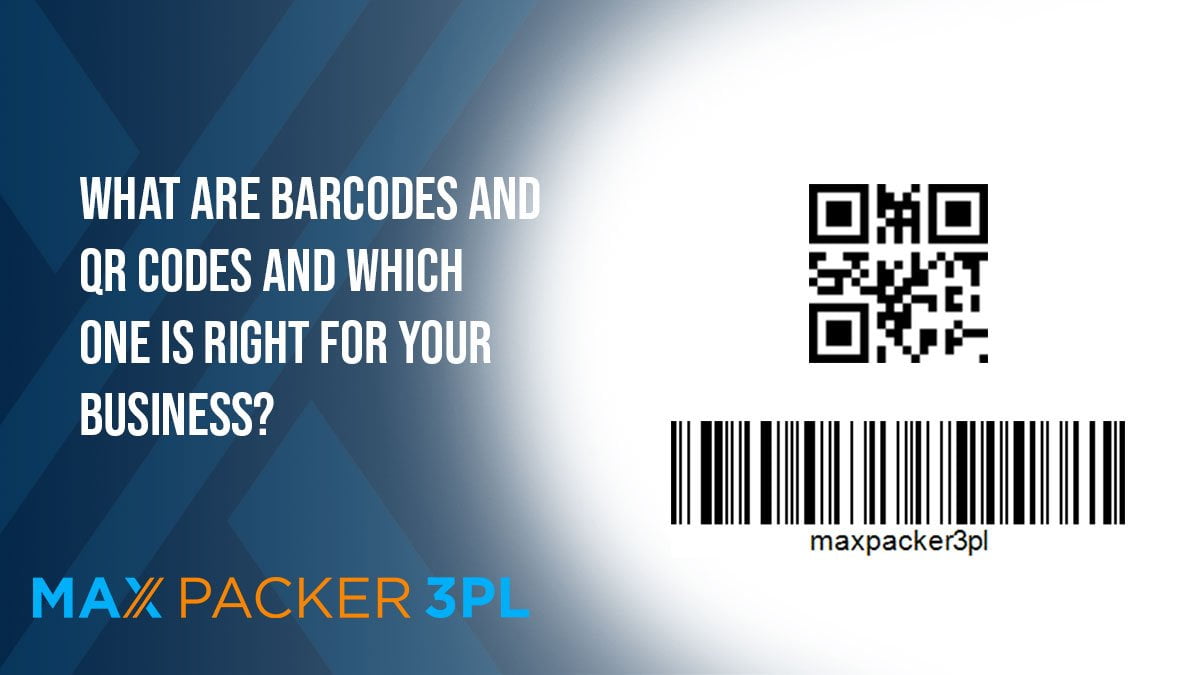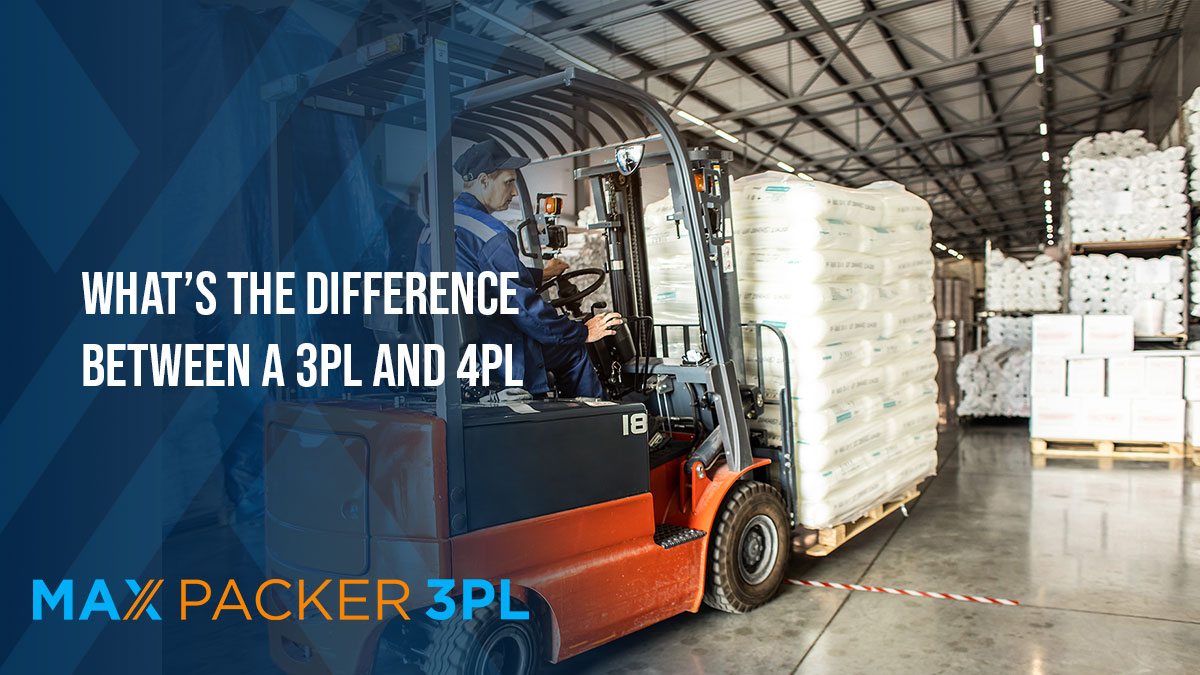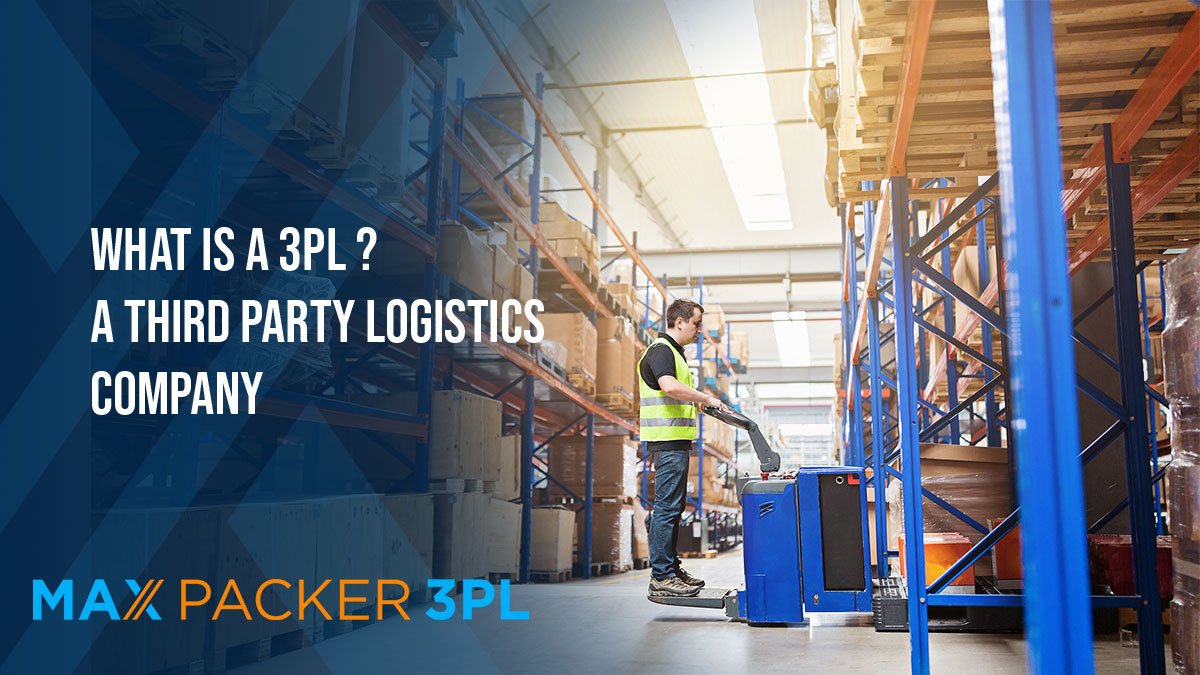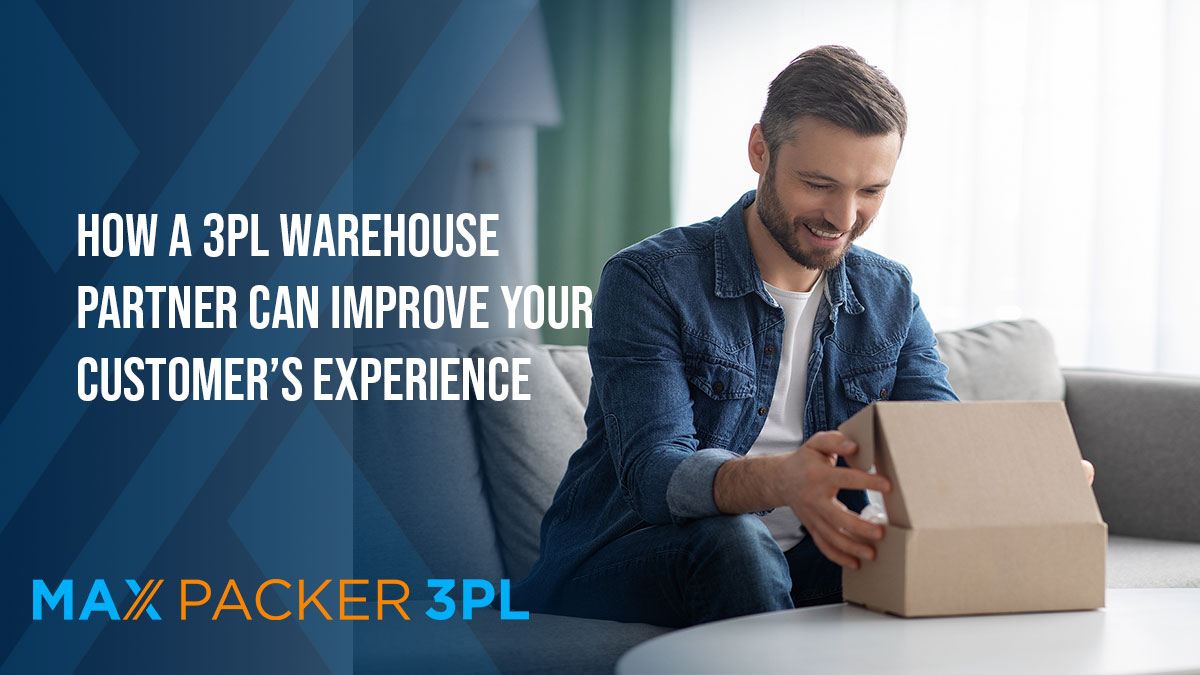So if your product line gets more and more complex, a barcode system may not provide the depth of product information you need.
What is a QR code?
A QR code, which stands for Quick Response code, is a more modern type of identification system that can store more information than traditional barcodes.
Where a barcode is a one-dimensional code, a QR code is two-dimensional. It uses a pattern of squares, in a matrix code, which make up a unique reference code in both the vertical and horizontal axis, and can be read from any angle.
If both axes are used, they’re able to integrate significantly more information than a standard barcode. As well as using it to store your product information, a QR code can contain product SKUs, links to your company’s website, or a product’s specifications.
QR codes offer more versatility than barcodes, as they can be read by a wider range of devices—most smartphones these days are equipped with a QR code reader.
Two big benefits of QR codes are their ease of use, and improved security. They can be read from any angle, even if part of their information is obscured. The information within the code is encrypted, making it a more secure identification option.
The benefits of utilising barcodes and QR codes in your eCommerce business
There are clear benefits to deploying a barcode or QR code system for your inventory.
Improve accuracy and identify products easily
A barcode or QR code system streamlines your inventory management. Rather than relying on warehouse staff to find specific items based on their name alone, or a description or SKU on a label, a barcode enables 3PL warehouse staff to simply scan the code and confirm if they’re picking and packing the right product. This helps to ensure they’re sending the right products to the right customers, reducing human error significantly.
Easy to implement so you can get your products up and running faster
There are a number of simple tools that help you generate your own barcodes. The major eCommerce shopping platforms like Shopify and WooCommerce even have their own barcode generators, which means you can do it right from the platform. These new codes are then linked directly to your products—it’s fast, efficient, and cost-effective, and you can start using them immediately.
How barcodes and QR codes work
Deploying a barcode or QR code system for your eCommerce business is actually surprisingly easy.
- Purchase a UPC for your specific product, or use your own SKU or product code.
- Search for a barcode or QR code generator online, and follow the prompts to create your unique code. Popular eCommerce platforms like Shopify and WooCommerce both offer a simple barcode creation tool that allows you to instantly create unique barcodes for your product in just a few clicks.
- Just add in your product code or SKU into their tool and it will create a barcode or QR code for you. You’ll then typically receive your barcode or QR code as a download or by email.
- Print out your code in the format provided and attach it to your product.
- You can then scan this code using a special scanner (or smartphone).
- The scanner reads the code and returns information about your product.
It’s as simple as that. Then, once you’ve created barcodes or QR codes for your product, you can supply these to your 3PL warehouse partner to streamline your inventory management process.
Barcodes vs QR codes: which system is right for my business?
Both a barcode and QR code system enables your 3PL warehouse staff to confirm they’ve picked the right item.
The entire sales process is tracked, logged, and available for you to review—it’s completely transparent.
When trying to decide between using barcodes and QR codes, it all depends on the level of data you need to store.
If the last few years have taught us anything, it’s that technology is evolving, and the world is trending towards QR codes.
QR codes deliver superior flexibility in inventory tracking and identification. With barcodes, each item of a specific product type will have the same code. But with QR codes, each of these can be completely unique codes.
This has the potential to deliver significantly more information, at a granular level. The downside to this though is that it can get quite complex, which may not be necessary if your business is just starting out.
But barcodes are still a valid option; they’re easy to understand, easy to use, and widely understood. So if your business doesn’t require vast amounts of information or individual item tracking, then a simple barcode will be the right option for you.
Ultimately, the choice between barcodes and QR codes depends on the needs of your business.
Max Packer can help you improve your inventory management by advising on the barcode or QR code system that’s right for your business. We support you to improve your identification system, streamline your stock management, and make it easier to track your sales—and grow.
Get in touch with our friendly team today to schedule a discovery call and discuss a 3PL solution for your business.





